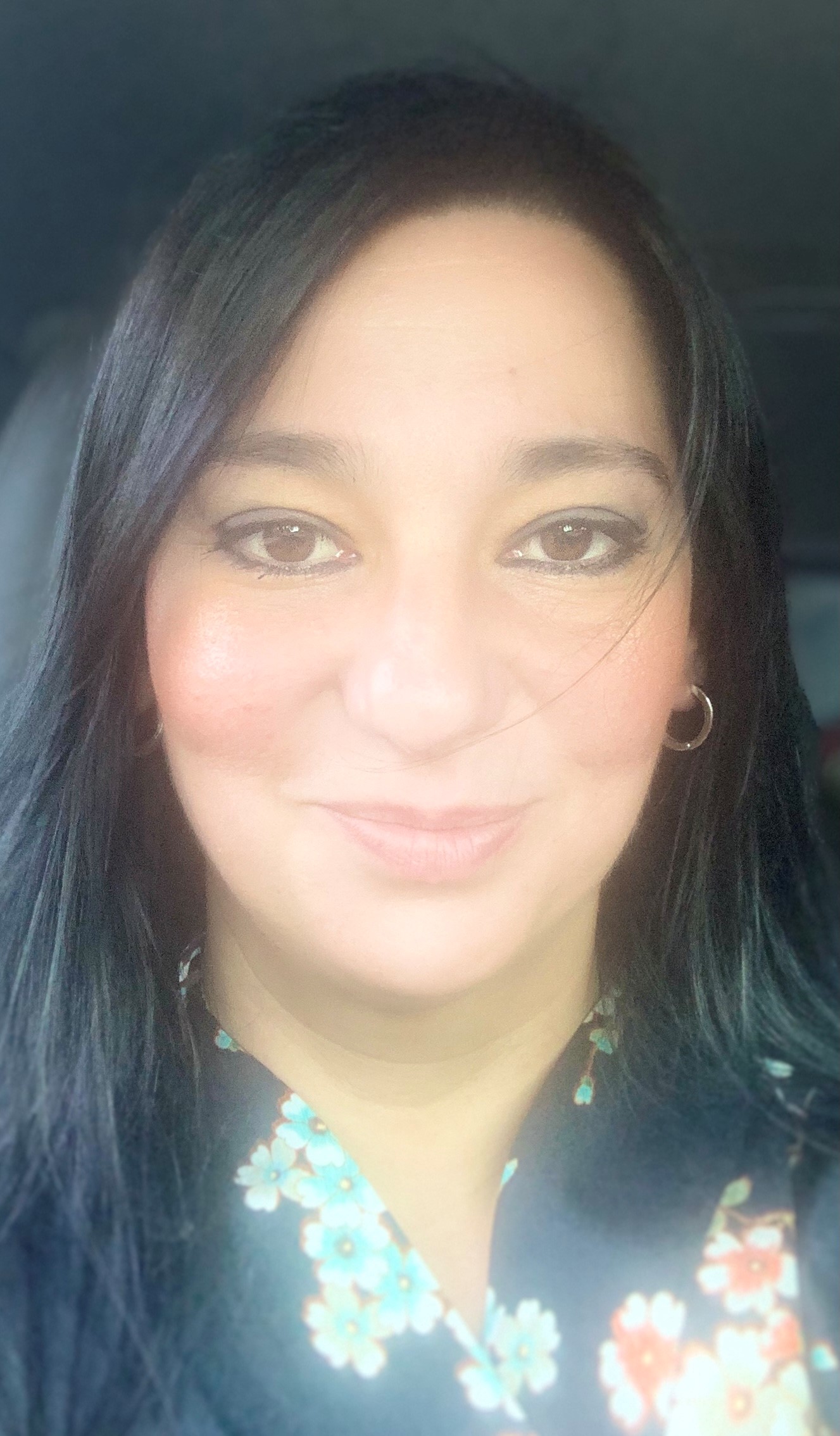English Drama Method
“ If you change nothing, nothing will change”.
I want you to think of a classroom where the teacher is standing at the front with the students seated in rows doing endless exercises and learning grammar rules. And then think of a different classroom where the students are up on their feet, improvising, taking part in role-play activities, acting, presenting, communicating and cooperating with one another.
In which classroom do you think students are more engaged, more motivated or interested? In which classroom are they using the language? In which classroom are the students happier?
Well, the answer is obvious and the good news is that educationalists and teachers all over the world explore how to adapt their teaching for a new era of constant change.
Learning and Innovation skills that best prepare students for increasingly complex lives and work environment are recognized as crucial. There is focus on creativity, critical thinking, agility, communication and collaboration, which are all essential when preparing students for the future.
Change in the educational system is needed!
Second language teaching should be a process, requiring students to think, feel, act and communicate. Second language teaching should be holistic engaging students on a social, physical, intellectual, creative and emotional level.
Educational Drama comes in as a learning medium making the process of Second language acquisition increasingly effective.
I am one of the educators who became hooked on Educational Drama leading me to create my own program “English Drama Method”.
What is Drama in the classroom?
Drama is about taking roles in the classroom, in the curriculum. It’s an activity which combines vocal expression and body action. It is structured play with language objectives. You agree to work in a specific way. It is actual communication among the participants. We introduce our learners to strategies, techniques and activities which help them live in the moment.
Drama is for the bold and the shy students. Drama is centered on the student. It is directed by the group, it is spontaneous, it is improvised and it doesn’t take a lot of rehearsals. The teacher enables, supports, sets up and facilitates the learning situation.
In Drama we use our mind, our body, our voice and our heart. Drama suggests a new dynamic where the students become the protagonists and the teacher becomes the facilitator.
What does Drama offer?
Drama offers multisensory learning in an inclusive environment. In Drama, everyone is given the opportunity to participate. It combines all the learning preferences using theatrical activities. It is for visual learners, auditory learners and kinaesthetic learners. Drama engages everybody.
Drama offers Active and Interactive Learning experiences. Students are not seated down. They are up on their feet, moving and communicating with each other.
Drama builds Confidence, Concentration and Memory. Students become confident communicators. Drama offers opportunities for a lot of language production. Students improve their Speaking skills, their Listening Skills and their Writing Skills.
Drama develops Creativity, Imagination and Empathy. Students are asked to create scenes, to put themselves in the character’s shoes, to use their imagination and see, touch, smell, taste things that are not there.
Drama encourages Critical thinking, Collaboration and Communication. Students work together, they try to find a solution to the problem, they care and support each other.
Drama is fun and participants bond through laughter and enjoyment.
Drama offers memorable experiences in the classroom.
To recapitulate, Educational Drama is a holistic educational approach for everyone! Teaching English through Drama makes lessons more motivating, more effective and meaningful. Drama provides an outlet for self-expression, self-confidence and self-respect. Drama is a marvellous vehicle for knowledge!
Eleni Dougekou, Teacher – Teacher Trainer – School owner
Founder of English Drama Method









